Knaak, Hans Wolfram, born 04-07-1914 in Magdeburg, 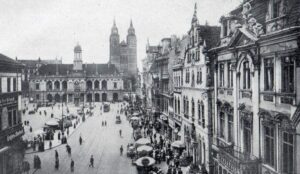 Germany, the son of a director of the Magdeburg Fire Society, Knaak came to study at the Albertus University of Königsberg
Germany, the son of a director of the Magdeburg Fire Society, Knaak came to study at the Albertus University of Königsberg 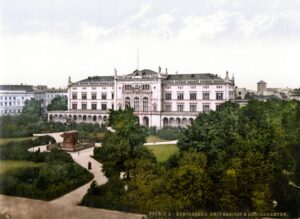 at the age of 18. In 1932 Hans-Wolfram became active in the Corps Baltia Königsberg
at the age of 18. In 1932 Hans-Wolfram became active in the Corps Baltia Königsberg 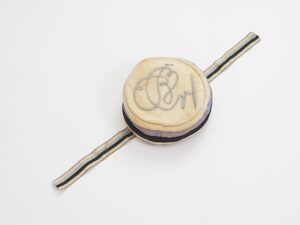 under command of General of the Reichswehr, later in WW2 General der Infanterie en SS-Gruppenführer Walter Adam Agathon Rudolf Braemer
under command of General of the Reichswehr, later in WW2 General der Infanterie en SS-Gruppenführer Walter Adam Agathon Rudolf Braemer 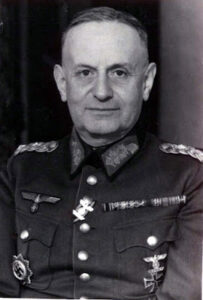 . As the second-to-last senior member, Knaak resisted the National Socialist takeover of the Corps in 1933. He sent saber demands to some of the “leaders.” He and other Corps members were imprisoned several times by the Secret State Police and the Sturmabteilung SA
. As the second-to-last senior member, Knaak resisted the National Socialist takeover of the Corps in 1933. He sent saber demands to some of the “leaders.” He and other Corps members were imprisoned several times by the Secret State Police and the Sturmabteilung SA 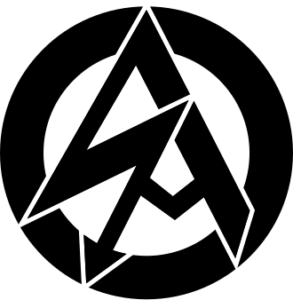 . Members of the SA were called “Brownshirts” after the color of their uniforms. They wore a red band with a swastika on their upper arms.
. Members of the SA were called “Brownshirts” after the color of their uniforms. They wore a red band with a swastika on their upper arms. 
Knaak was only released through the intervention of his mother, who knew SA Obergruppenführer Edmund Heines  as a regimental comrade of her husband and visited him in Breslau. Expelled from the Albertus University because of his rebelliousness, Knaak joined the Reichswehr as a soldier. In 1934 he was commissioned an officer cadet in the 4th (Prussian) Cavalry Regiment of the 1st Cavalry Division (Reichswehr)
as a regimental comrade of her husband and visited him in Breslau. Expelled from the Albertus University because of his rebelliousness, Knaak joined the Reichswehr as a soldier. In 1934 he was commissioned an officer cadet in the 4th (Prussian) Cavalry Regiment of the 1st Cavalry Division (Reichswehr) 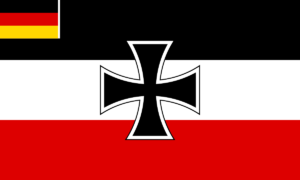 in Potsdam. Accepted into the army (Wehrmacht), he was assigned to Motor Vehicle Division 7 (later Panzer Reconnaissance) when the Panzer troops were formed in 1935. Promoted to Leutnant in 1937, he joined the “Brandenburgers”,
in Potsdam. Accepted into the army (Wehrmacht), he was assigned to Motor Vehicle Division 7 (later Panzer Reconnaissance) when the Panzer troops were formed in 1935. Promoted to Leutnant in 1937, he joined the “Brandenburgers”,

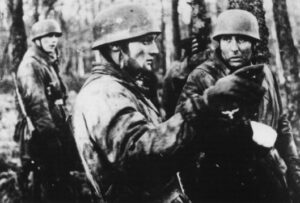
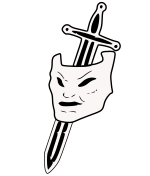 the secret commando unit under Admiral Wilhelm Franz Canaris.
the secret commando unit under Admiral Wilhelm Franz Canaris.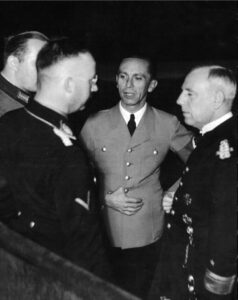
 As early as 1938, he and General Witzleben, Job-Wilhelm Georg Erwin von
As early as 1938, he and General Witzleben, Job-Wilhelm Georg Erwin von 
 and Hans Paul Oster
and Hans Paul Oster 
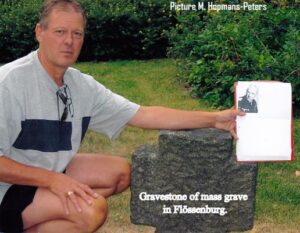 were determined to assassinate Adolf Hitler.
were determined to assassinate Adolf Hitler.  Awarded both classes of the Iron Cross,
Awarded both classes of the Iron Cross, ![]() as company commander of the 8th Company of the Training Regiment z. b. V. 800, he was one of the first soldiers to cross the Soviet border during the invasion of the Soviet Union in June 1941.
as company commander of the 8th Company of the Training Regiment z. b. V. 800, he was one of the first soldiers to cross the Soviet border during the invasion of the Soviet Union in June 1941.
Death and burial ground of Knaak, Hans-Wolfram.
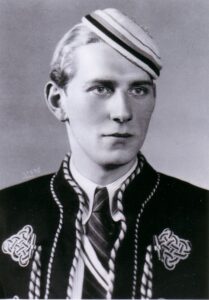
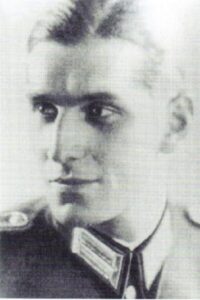
Oberleutnant Hans Wolfram Knaak, on 26-06-1941, age 26, and 30 of his men, of the 8th Company of the Brandenburg Regiment dressed in Soviet uniforms and driving captured trucks, drove through the Soviet lines and seized the Dunaberg Bridges over the River Dvina. 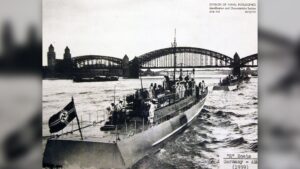 They held the bridge against Soviet counterattacks, but by the time reinforcements arrived 20 minutes later, Knaak and 4 of his men were dead and 20 others had been wounded. He was posthumously awarded the Knight’s Cross.
They held the bridge against Soviet counterattacks, but by the time reinforcements arrived 20 minutes later, Knaak and 4 of his men were dead and 20 others had been wounded. He was posthumously awarded the Knight’s Cross.
By June 24 General Manstein, Erich von, “von Lewinski”, “The Pisspot Strategist”’s

 LVI Motorized Corps had reached the Daugavpils highway near Ukmerge, about 170 kilometers inside Lithuania.
LVI Motorized Corps had reached the Daugavpils highway near Ukmerge, about 170 kilometers inside Lithuania.
Von Manstein was now within striking distance of the bridges over the Daugava, about 130 kilometers away. Disregarding the fact that he had outpaced his neighbors, he kept his units moving, ignoring flank protection. Short, sharp engagements were fought against reserve Soviet tank units sent to intercept him, but his orders were simple-“Keep going at all costs.”
Hans-Wolfram left behind his wife, Jutta, born Düms, whom he married in 1940. She was the daughter of Captain Arthur Düms and his wife, Elsa, born Stratmann, from Königsberg. Hans-Wolfram Knaak is buried at the German War Cemetery Dünaburg – Daugavpils.
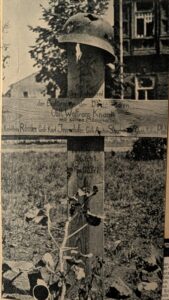
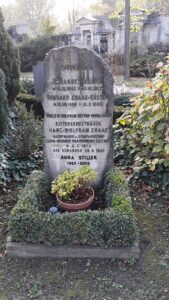





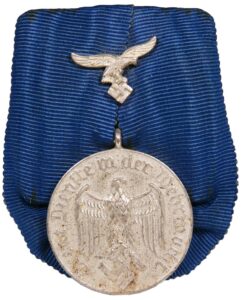


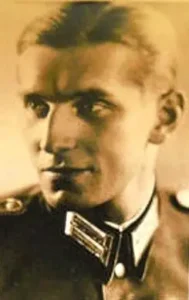









Leave a Reply